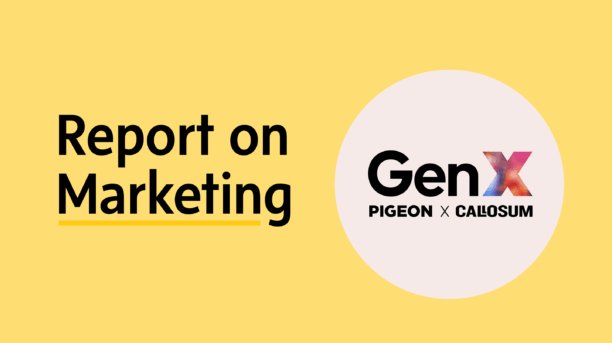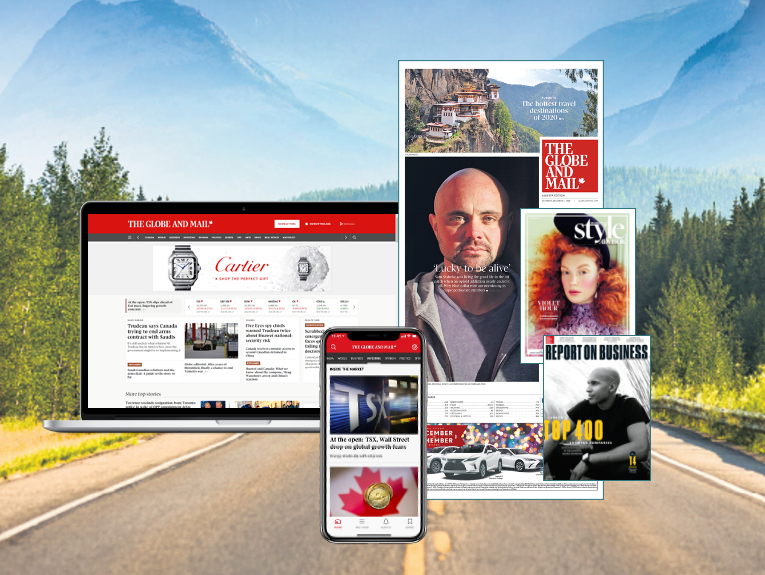Darian Kovacs, Partner at Jelly Digital Marketing & PR, makes the business case for harnessing agency knowledge and representation.
Canada’s Indigenous Peoples—First Nations, Métis, and Inuit—bring distinct histories, cultures, and worldviews that are vital to the country’s identity. For organizations seeking to authentically engage with Indigenous communities, understanding these perspectives is not just an ethical obligation but a strategic advantage.
Ideally, marketers should look to engage with representation from all three Indigenous groups, and with a geographically diverse presence. It’s here that agency partners – where they have diverse perspectives and people – can not only bridge knowledge gaps but build relationships, foster trust, and deliver campaigns that make an impact across Canada’s vast and varied Indigenous population.

Distinct voices, united goals
This process starts with an appreciation that First Nations, Métis, and Inuit perspectives reflect their unique histories, territories, and cultural traditions.
First Nations communities span the country, with distinct languages, traditions, and governance structures shaped by their connection to specific lands and histories.
Métis culture, born from a blending of Indigenous and European ancestry, is rooted in adaptability and the ability to bridge worldviews—qualities that are invaluable in communications.
Inuit, living primarily in Canada’s Arctic, have perspectives deeply informed by their connection to the land, ice, and sea, offering insights shaped by resilience and ingenuity in the face of environmental challenges.
In an ideal scenario, working with an agency that has a leadership and team members from all three groups ensures campaigns reflect these diverse perspectives while avoiding generalized or stereotypical narratives.
Geography: a key to authenticity
Indigenous Peoples’ experiences and priorities are deeply tied to geography. An Inuit community in Nunavut faces different realities than a First Nations community in the Okanagan Valley or a Métis community in Manitoba. A marketing strategy that resonates in one region may not translate to another without considering these nuances.
A geographically diverse perspective brings local knowledge to national campaigns. With team members embedded in different territories, an agency partner that is truly diverse can tailor messaging to reflect the specific needs and values of communities while maintaining a cohesive brand voice. This is less about logistics than ensuring the stories a brand tells honours the people they represent.
Why representation in agencies matters
Authenticity in marketing begins with representation. When Indigenous professionals are part of the creative and strategic process, their lived experiences shape the narratives being told. This ensures campaigns are not only culturally respectful but also resonate on a deeper level with Indigenous audiences.
In this scenario, agency people aren’t only marketers but translators, bridging the gap between Indigenous and non-Indigenous worlds.

The business case for inclusivity
That ability to connect people is important in today’s market not just because it’s the right thing to do but it also embraces consumer demand for authenticity and social responsibility from brands. Partnering with an agency that incorporates First Nations, Métis, and Inuit perspectives offers businesses the opportunity to engage with Indigenous audiences in a meaningful way while enhancing their overall brand reputation.
Moreover, campaigns built on collaboration with Indigenous communities foster trust and long-term relationships, positioning businesses as allies in reconciliation and cultural respect.
Marketing’s future with indigenous leadership
An agency rooted in Indigenous leadership isn’t just about filling a gap—it’s about setting a new standard. By uniting First Nations, Métis, and Inuit perspectives and ensuring a geographic presence that reflects Canada’s vastness, such an agency provides unmatched expertise.
These agencies are not only shaping the future of marketing and communications—they’re fostering understanding, amplifying Indigenous voices, and creating campaigns that drive real change.
Questions to ask your agency partners
If you’re considering working with an Indigenous-led marketing agency, it’s essential to ask the right questions to ensure the potential partner aligns with your goals and values.
First, does the agency have team members representing all three major groups – First Nations, Métis, and Inuit? And, second, is the team geographically spread out to reflect Canada’s diverse Indigenous communities?
Above all, in common with the approach of Indigenous agencies, think of the engagement as a ‘Request for Partnership’ rather than a Request for Proposal. Embrace the process, have fun, and see this as an opportunity to collaborate, learn, and build a meaningful relationship. With the right partner, you’re not just launching a campaign—you’re contributing to a movement for inclusion and respect.
Jelly Digital Marketing & PR is a member of the Institute of Canadian Agencies (ICA). Report on Marketing is where leading Canadian agencies showcase their insights, cutting-edge research and client successes. The Report on Marketing provides a valuable source of thought leadership for Canadian marketers to draw inspiration from. Find more articles like this at the Report on Marketing.
See all Ideas & Insights




